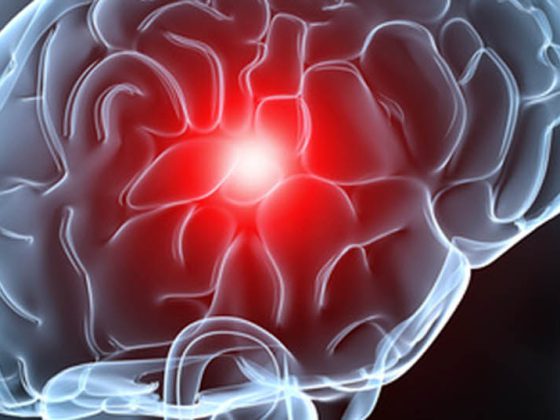Many rheumatism patients face pain in recurrent episodes, others daily. And some even develop a chronic pain disorder in its own right. In the newly published book of the Rheumaliga Schweiz “Rheuma-Schmerzen aktiv lindern”, those affected learn how this development can occur and what they themselves can actively do against it. HAUSARZT PRAXIS spoke with the author, Dr. phil. Regine Strittmatter.
Dr. Strittmatter, why is it important to view chronic pain as a disease in its own right and not simply as long-lasting pain?
Acute pain is a useful warning signal; it ensures that we do something about the cause of the pain. Chronic pain no longer has this biologically meaningful warning function and is not necessarily related to the original trigger. This makes special treatment approaches necessary.
Chronic pain is “expensive” in every respect: it causes suffering for those affected and their relatives, it is a cost driver in our healthcare system, it affects the ability to work and thus also has expensive economic consequences.
What is the biggest challenge for people with chronic pain?
Chronic pain goes deep, body and psyche suffer equally. The feeling of being at the mercy of the pain, not knowing the causes or having to live with it permanently: All of this – in addition to the actual pain – is difficult to bear and can lead to a vicious circle of pain, depressive thoughts, tension and even more pain. Chronic pain is very often accompanied by psychosocial problems – as a trigger or as a consequence. Problems at work or in the partnership further worsen the life situation of those affected.
What can those affected actively do about it?
Those affected can do a lot. As a first step, it is important to acquire knowledge about how pain is caused and processed, and to know the different starting points for treating pain. This always includes other components such as physiotherapy, exercise and psychological methods in addition to drug treatment for chronic pain. The latter include relaxation techniques or techniques to mentally distract oneself from the pain, but also psychotherapy, especially if a depression or anxiety disorder is diagnosed at the same time.
What is the role of the primary care physician?
Primary care physicians play the central role in treating people with chronic pain. They are the first and most important contacts and they accompany their patients through long, often very difficult and frustrating phases. This is no easy task: patients understandably want to get rid of their pain quickly and hope that the pain will simply disappear with medication or surgery. Especially when the causes of the pain are not (or no longer) clear and there are many psychosocial burdens, it is a difficult but all the more important task to explain to the patient that freedom from pain may not be a realistic goal – and at the same time to give hope for a better life despite pain.
What would you particularly like to recommend to every primary care physician when it comes to caring for patients with chronic pain?
The treatment of chronic pain is an interdisciplinary task. Without systematic coordination of the various measures, however, there is a great danger that pain management will become merely a juxtaposition of different therapeutic measures. Good collaboration with specialist colleagues from physiotherapy and psychology helps pain patients the most and also relieves the burden on the general practitioner in this demanding task.
Interview: Sabina M. Ludin, M.D.











